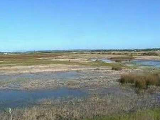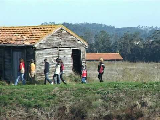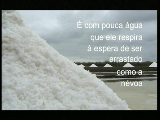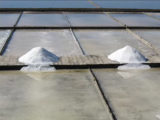Salgado da Figueira da Foz
Name: Salgado da Figueira da Foz
Location
The Salgado da Figueira da Foz (Latitude: 40 ° 8 '48''Longitude: 8 º 51' 24'') contains the distal sector of the estuary of the Mondego river as central geographical unit, where the Island of Morraceira stands out. It encompasses the parishes of St. Peter Vila Verde and Lavos..
Description
The Island of Morraceira (from morraça - cordgrass) is located at the mouth of the Rio Mondego. This estuary has an area of 3.4 km2, an average depth of about 2 meters and a typical depth of about 4 meters, in the subtidal areas – out of tidal influence. In this area the river divides into two, surrounding the island with silt. These two arms (north and south) come together again at about 1 km from the mouth, opposite the city of Figueira da Foz This deposition of alluvial sediments (sand and mud) in the downstream zone of the estuary has led to the formation of the Morraceira island, which is about 1,482 acres, separating the two river arms. This island includes appreciable extensions of marshes, reeds, rushes, salt works and aquaculture or fish farms.
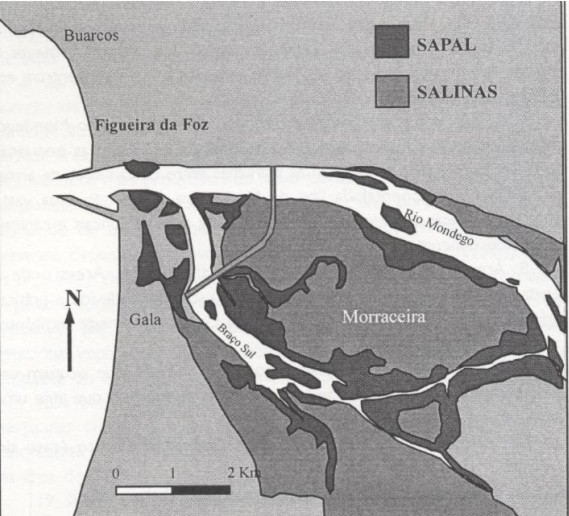
Fig. 1 – Sketch of the distribution of areas of salt marsh and salt pans of the Mondego estuary, according to the distribution chart of biotypes by Marques et al. 1984.
The exploitation of salt in the Mondego estuary was one of the main economic activities of Figueira da Foz. The type of salt pans and production techniques practiced in this salt works has specificities that cannot be seen in any other salt-producing region of Portugal or Europe. Its technical craft, which is extremely careful and well adapted to the environment, has survived to the present day.
In the middle of the 20th century, the salt works of Figueira da Foz had a total of 229 salt pans, distributed on the Ilha da Morraceira (141 salt pans on a 1,282 acres surface), the left bank of the South Arm and Ínsua D. José (71 salt pans occupying a surface of 615 acres) and on the right bank of the North Arm (17 salt pans occupying about 74 acres). It is to be noted that 212 acres are navigable at all tides, 155 in half tide and 148 only in spring tides, there are still 20 salt pans that can be served only by land.
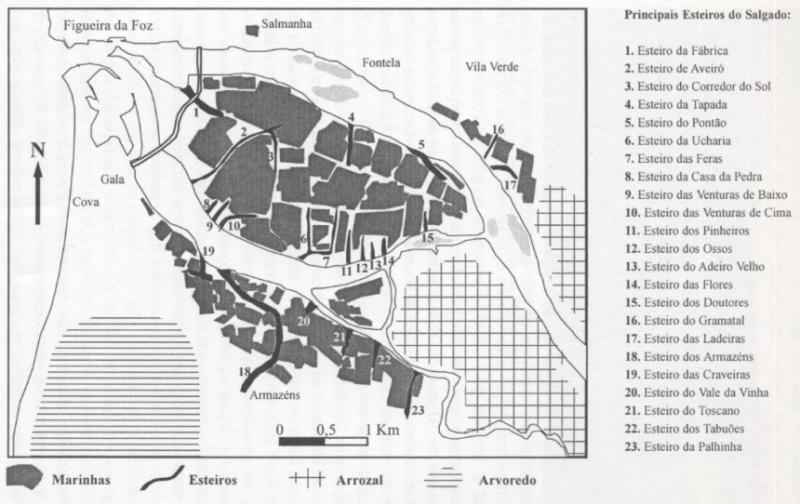
Fig. 2 – Location of salt works (including nurseries) and major estuaries, taking into account the land register of 1954 (based on data adapted from L. Lopes, 1955).
There is a change from circumstances in which salt represented the backbone of the activities of the estuary, directly involving hundreds of people - in the mid 20th century – there were 300 owners of and 1,300 workers, of which 500 were men (S . Dionisio, 1945) – to present conditions in which there are an estimated 40 to 50 salt pans functioning poorly.
The salt works represent, in themselves, an extraordinary cultural legacy, beyond the value of the product that is extracted. Its internal organization, functioning and the specific work carried out by the marnoto (salt worker) are well worth further investigation.
The sustainability of estuarine wetland has to include the maintenance of the salt-producing activities in traditional salt pans which, among many other positive functions, provide privileged locations in terms of landscape and biodiversity, with no negative environmental impact and even providing positive contributions to environmental quality. In this respect, we highlight the role of the exchange of sea water in the protected reservoirs, giving rise to large numbers of species of benthic macrofauna that are essential for the survival of many other species and are important resources for the local community.
Occupied areas: Active Salt works
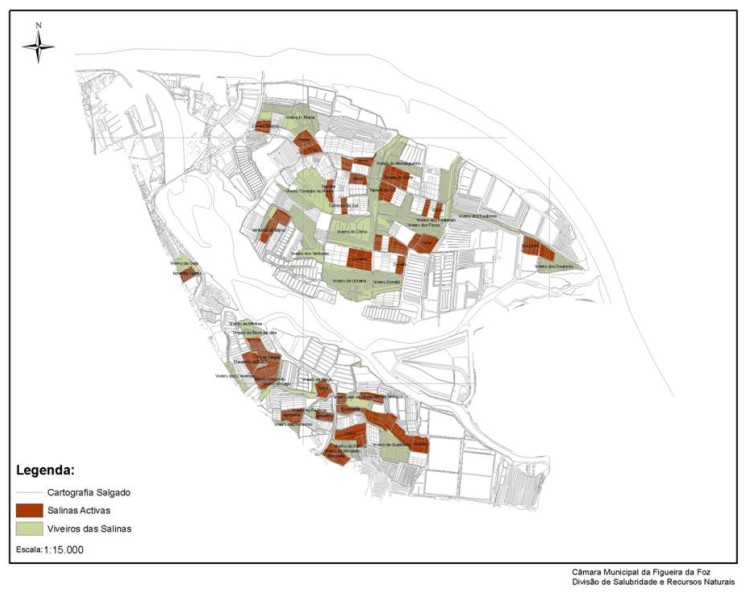
Fig. 3– The territory of the salt works of Figueira da Foz - Salinas Activas (Active salt pans) (2003).
The activ saltworks, and the second survey of 2003, constitute a total area of 588 acres.
Filling a percentage of the current total surface (3597 acres) with a value of 16.3%.
- No. of salt pans = 52 + 22
Areas of abandonment: inactive salt pans of the salt works
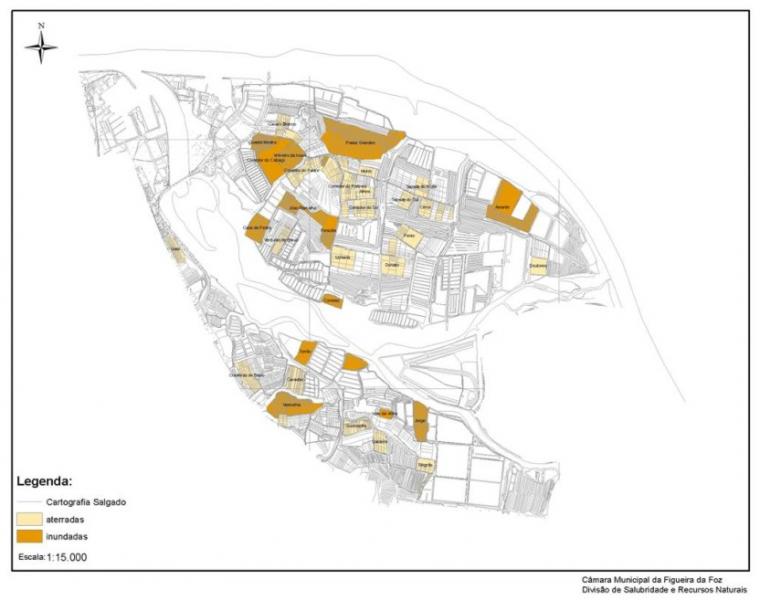
Fig. 4– The territory of the salt works: Inactive salt pans (2003).
Inactive salt pans correspond to 387 acres, and there are 172 acres of land filled salt pans and 214 acres of flooded salt pans.
Filling a percentage of the total current surface (3597 acres), with a value of 10.3%.
- No. of salt pans = 44
- No. of land filled salt pans =29
- No. of flooded salt pans =15
Areas with other uses: aquaculture
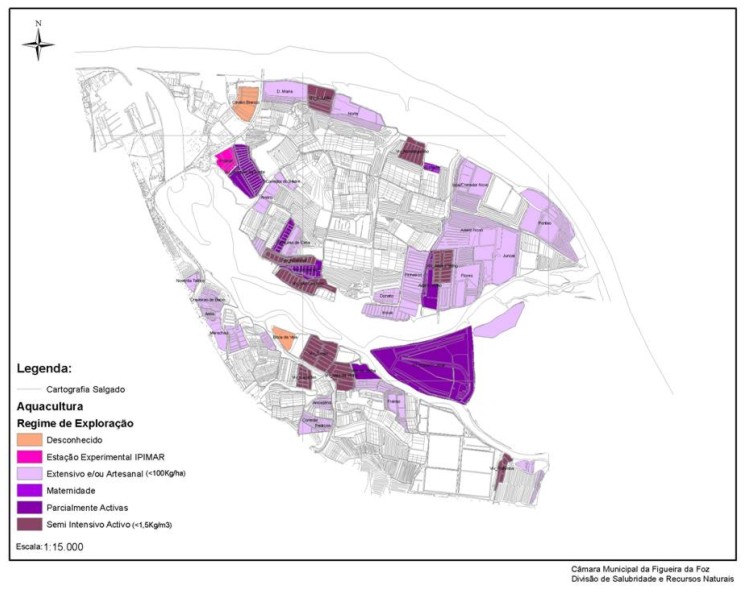
Fig. 5– The territory of the salt works: occupied by aquaculture (2003).
Aquaculture represents an area of 840 acres and is divided into various regimes:
1 - Semi - Intensive Active (<1.5 kg/m3) = 126 acres,
2 - Partially Active or Inactive = 197 acres
3 - Extensive and / or Artisanal (<100kg/ha) = 481 acres
4 - Unknown = 9.6 ha
5 + 6 - Experimental Station of IPIMAR + Motherhood = 11 acres
Filling a percentage of the total current surface (3597 acres), with a value of 23.4%.
- Total No. = 49
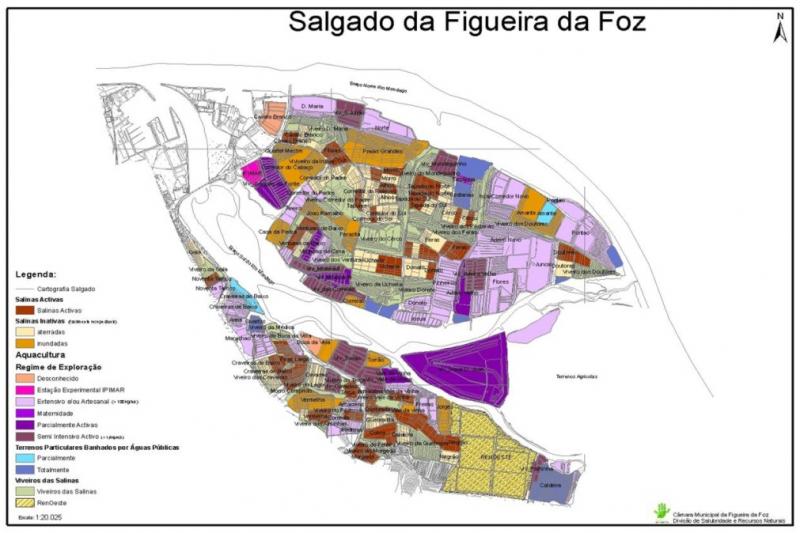
Fig. 6– The Salt works territory: data analysis.
Marinha do Corredor da Cobra
The Corredor da Cobra salt works is owned by the Municipality of Figueira da Foz, and has been considered an ecomuseum since 2000, the year that this municipal authority acquired it in order to transform it into a pilot centre and experimental unit of the Projecto Comunitário ALAS – All About Salt. Since then it has come a long way. This project represents, above all, an excellent example of an attempt to preserve and develop the salt works and their natural and cultural heritage, always keeping in mind the need to enhance the economic and social interests of the municipality. The implementation of this project represents the threshold of a new opportunity for artisanal salt production, in which there were many parallel activities and interests that created the need to seek new means and the funding of new projects. It was in this context that Projecto SAL do Atlântico emerged.
The Corredor da Cobra salt works has contributed greatly to supporting this concept, paying particular attention to an integrated strategy that paved the way to maintaining salt production as an activity. Since the acquisition of the Municipal salt works, in 2000, the necessary structures were installed for the success of this initiative, which represents a good example in trying to preserve and sustainably develop a natural and cultural heritage that belongs to everyone and should be maintained, never forgetting the economic and social value related with it and without which it would not have such a vast importance.
The salt works of the Corredor da Cobra has a total area of 29 acres, and has, at this moment, about 84 pans in production and is also working on the nursery and marsh, maintained during the fallow period (winter).
Work performed by salt workers:
- repair of marachões (dykes)
- repair of wood walks
- collection of silt deposited in the ponds
- cleaning of sludge
- sacking of salt for sale (20kg bags)
- cleaning and maintenance of the salt warehouse
- maintenance and surveillance of the "Rota das Salinas'
- assistance to visiting groups / tourists
- labour related with salt harvest (June to September)
The Museum of Salt
The Núcleo Museológico do Sal (Salt Museum Site)
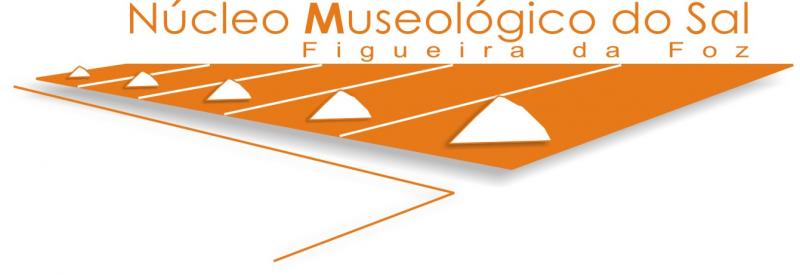 The general concept of the salt museum site is based on the idea that the salt works and salt belong to an activity that integrates multiple aspects: historical, ethnographic, landscape, environmental and economic and should be explored in an integrated manner.
The general concept of the salt museum site is based on the idea that the salt works and salt belong to an activity that integrates multiple aspects: historical, ethnographic, landscape, environmental and economic and should be explored in an integrated manner.
Currently, on the other hand, the salt museum and other meaningful elements in the salt works areas are instruments helping to recover this activity and sites, and not just mere deposits of instruments and materials pertaining to salt.
In the case of Figueira da Foz, the creation of a museum centre, in the middle of the salt works, is a remarkable added value, to which the existence of a warehouse and a pedestrian route lends significance. These allow the visitor to understand the integration of these three areas that complement and complete each other: the Corredor da Cobra salt works, the salt warehouse and the museum site.
With the opening of the Salt Museum Site, The Municipality of Figueira da Foz intends to globally allocate an open space, an area for experimentation and the production of knowledge, that will structure new identities that form part of it, out of the different forms of relationship between Man, Society, Culture and Nature.In this sense, and by supporting an overall information strategy sustained, from the onset, in the reactivation and continuous maintenance of the salt exploitation activity, the Municipality sought also to provide the conditions for this salt works to act also as a training area for new marnotos, as the interpretive centre and laboratory for different studies in the biodiversity of this ecosystem type, and as a didactic unit for recreation and for interactivity to be enjoyed by the various different interest groups who visit this unique and distinctive place.
Thus, the creation of a museum located in the middle of the salt works - and complemented by the existence of a salt warehouse, a pedestrian route through the salt works and a future River Route for the Mondego estuary - will allow the integrated enjoyment of different areas where one can explore the riches and complementarity of their contributions and meanings.
